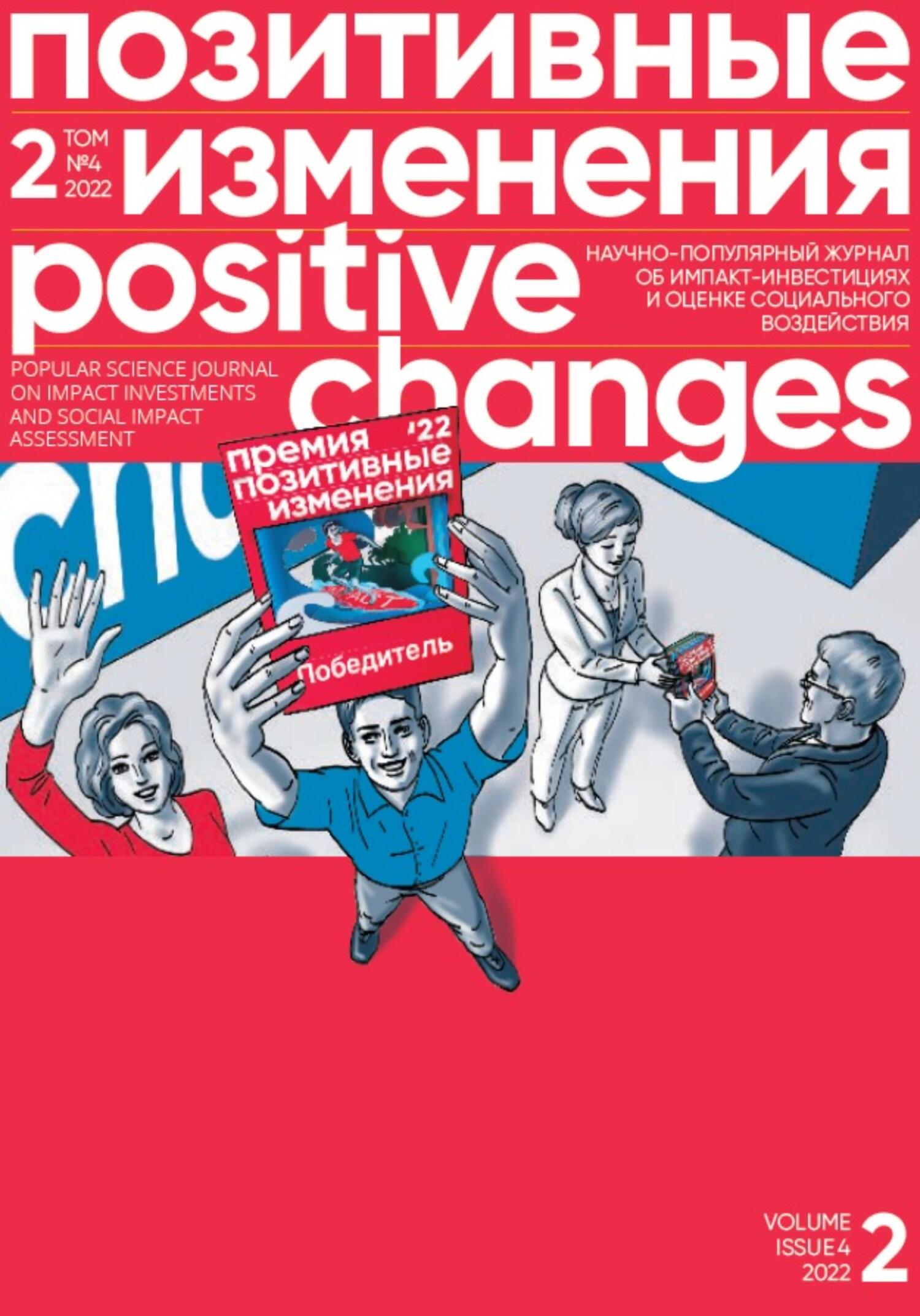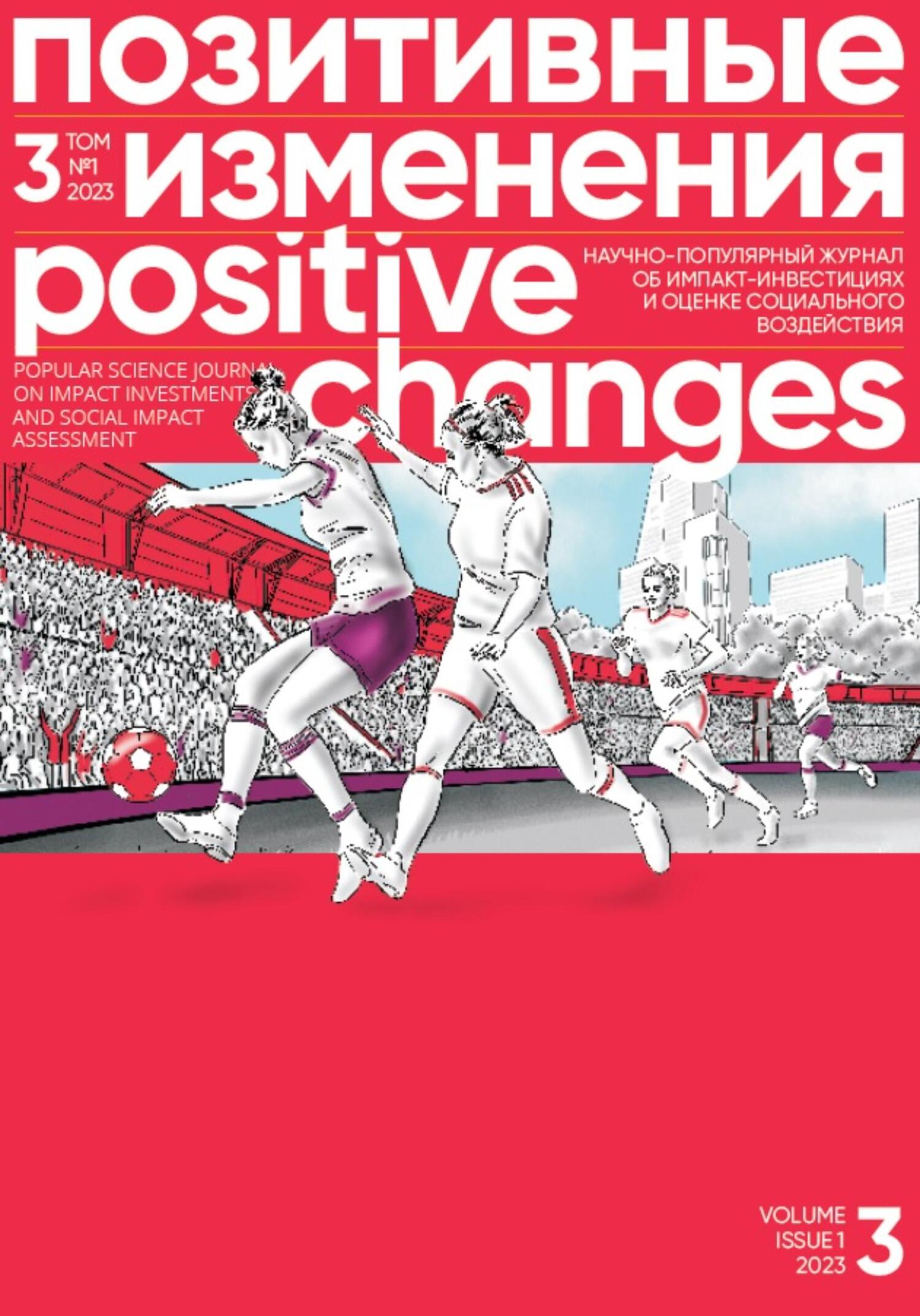Ознакомительная версия. Доступно 9 страниц из 45
developing a community — the very community that makes a city.
3. LOCAL IDENTITY AND ATTRACTIVENESS OF THE TERRITORY
Identity research and development are becoming part of territorial development. Placing local sights in the area under design forms a point of attraction and helps implement regional tourism routes: a museum of contemporary art, open-air museum, sports facilities, iconic architectural objects, social and cultural projects.
One example is the residential complex in Novo-Peredelkino, which pays tribute to the cultural heritage of Peredelkino, the dacha village where famous writers, including Boris Pasternak and Korney Chukovsky, used to work. This identity can be cultivated and created from scratch.
4. A VARIETY OF FORMS AND SCENARIOS OF LIVING WITH AN EMPHASIS ON EDUCATIONAL AND WELLNESS PRACTICES
The value of living in a particular city is determined by what living scenarios are available to a person. Is it just a bedroom community with a business center, or is there a wide range of "third," public, places available to city dwellers? The mandatory set of infrastructure facilities includes:
• park areas;
• sports fields;
• neighborhood centers;
• retail stores;
• entertainment and recreational facilities;
• schools / kindergartens;
• healthcare institutions;
• sociocultural sites.
Recent large-sample empirical studies of the demand for residential estate show that apartment buyers give weight to the availability of infrastructure such as stores, public transportation, recreational facilities, medical and educational institutions (Su et al., 2021). Apartments located close to such infrastructure usually sell for more, and therefore are in greater demand.
5. OPENNESS AND SHARED URBAN SPACES
Shared use of social infrastructure areas and buildings is important to establish social connections and prevent isolation of social groups and spaces. Schools, lecture halls, exhibition spaces, a theater, a swimming pool, a gymnasium, stadiums and playgrounds in the neighborhood, municipal administration spaces (such as meeting rooms) should become part of the well-being of all neighborhood residents and be open to them in the evening, sometimes even during the day and on weekends.
Reliance on the community of residents is noted as a feature of the Brighter World format projects being implemented in Russia, where the community is formed around the neighborhood infrastructure.
6. POLYCENTRICITY AND CONNECTIVITY BETWEEN ATTRACTION POINTS FOR RESIDENTS
The principle of territorial development, wherein comfort depends on the provision of all possible amenities and services within walking distance from the place of residence, as well as the possibility of local application of labor. It contributes to the principles of organizing the territory of the City of the Future and filling it with infrastructure.
The example of a polycentric orientation in Russian development is quite obvious — the emergence of New Moscow is positioned precisely as a polycentric response to the challenges of the Russian capital (Kotov et al., 2016). A few years ago, the points of attraction in Moscow were increasingly getting concentrated in the city center, causing a degradation of residential areas and decreasing transport accessibility in the downtown. With the establishment of alternative centers of gravity like the Moscow City and the New Moscow, some experts are hoping for a change in the status quo.
7. NEW MOBILITY AND PEDESTRIAN PRIORITY
This is the principle of 15-minute accessibility of all necessary infrastructure and well-thought-out walking routes. A variety of pedestrian routes and short distances between points of attraction allow residents to walk more without falling behind the rhythm of city life. At the same time, extensive transport network and safe speeds create comfortable conditions for any other form of travel: by bicycle or scooter, by bus, and in the extreme case by car.
The British sociologist John Urry presents the human being as a creature existing within time, and therefore in need of some kind of mobility — cultural, social, etc. Therefore, the city becomes a set of mobilities that are available to the individual in varying degrees. From this perspective, sidewalks become not just infrastructure, but places for social activity (Urry, 2012).
Many of the proposed principles are already being implemented in newly developed spaces within various neighborhoods and even cities. This sets a new fashion for sustainable development practices of areas.
8. CLOSENESS TO NATURE AND A WATER-AND-VEGETATION STRUCTURE This is what creates an attractive environment to live in, starting from day one. The implementation of "vegetation" infrastructure in the form of a boulevard will ensure the principle of cleaner development from the downtown to the outskirts. Also, in absence of enclosed neighborhood development, the boulevards penetrate residential development, creating a variety of "green" pedestrian routes. The use of the existing water resource in the area will make the residence more attractive and increase the number of recreational scenarios for the locals
9. RESPONSIBLE ENVIRONMENTALISM
The City of the Future creates responsible residents who are aware of their life scenarios (including health and education), their social involvement, and the preservation and multiplication of natural diversity. However, in order for the residents to be able to demonstrate their responsible attitude to nature, the City of the Future must have a full range of social and economic infrastructure with an emphasis on a responsible attitude towards the ecosystems:
• Stationary retail (chain stores, local stores, yard sale stores);
• Mobile retail (market squares, weekend markets, free markets);
• Catering (neighborhood cafes, community restaurants, buffets, open kitchens, food courts);
• Stationary food market;
• Wellness, diagnostic and beauty services;
• Pickup points for marketplaces and neighborhood chats;
• Co-working areas, open workshops and educational spaces (general and thematic);
• Sharing services (exchange, donation, and rental points);
• Construction, repair, household goods;
• Household services and aggregators of household services;
• Mutual Aid Centers (Dobro.Centers, Volunteer Centers Association);
• Separate waste collection centers (food, municipal solid waste, etc.)
and so on — as initiatives and projects are implemented in the field of small and medium-sized businesses, social entrepreneurship, social and charitable projects.
Thus, the availability and development of infrastructure becomes the result of the residents’ initiatives and a platform for the implementation of new initiatives, as well as a magnet attracting innovative technological and social elements to the Cities of the Future from other cities and countries.
Many of the proposed principles are
Ознакомительная версия. Доступно 9 страниц из 45
























